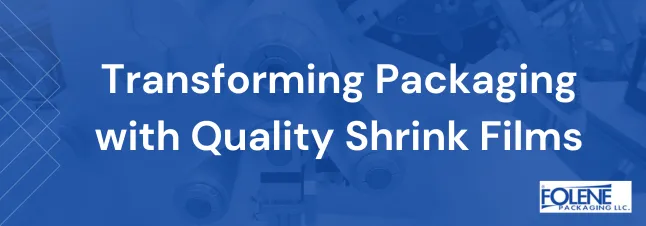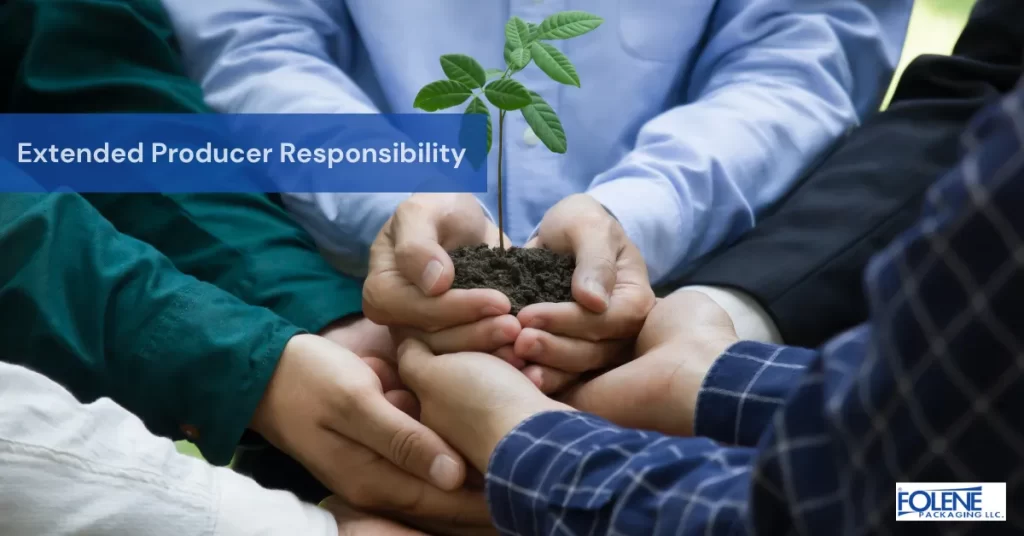
Extended Producer Responsibility – Are New Regulations An Excuse For Price Increases Or A Real Obligation?
From the 1980s onwards, business boomed differently. Products became easier and cheaper to produce in mass. As the decades passed, we segued into online marketing, and making deals across the global village became par for the course. We produced more, we used more, and we wasted more in a true linear economy style. Upping the amount of products created and sold was the foremost business goal.
But we have moved on after having to face the unavoidable facts: The system in which we buy products, use them, and then throw them away is clogging up our world with refuse and stifling it with greenhouse gases. And no one wants to take responsibility for sustainable development. Enter extended producer responsibility. Finally, we tell different stakeholders along the supply chain, “If you profit from it or benefit from it, you should be paying for it.”
What Is Extended Producer Responsibility?
Extended producer responsibility (EPR) is a strategy initiated in the 1990s by Thomas Lindqvist that ensures environmental costs created throughout a product’s lifecycle are incorporated into the market expense of an article. We see the requirement for EPR most strongly in dealing with waste management costs. EPR means this: Why should councils and end-users bear the cost of disposal and recycling if producers net all the profits?
In applying EPR, extended producer responsibility examples include considering the environmental impacts of disposing of worn-out tires, discarded packaging, and outdated electricals, where the product producer funds the different types of waste treatment that are needed.
Packaging producers are responsible for paying for collecting, sorting, and recycling packaging once it has been discarded. EPR laws complement local laws aimed at decarbonization.
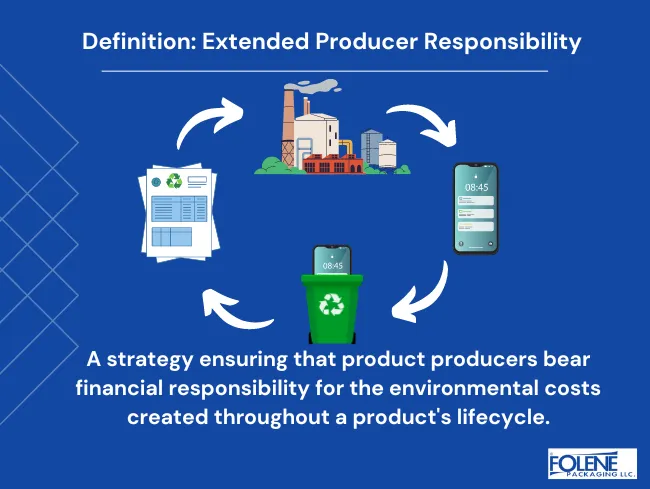
What is EPR in Practical Terms?
Extended producer responsibility is set to be handled by a Producer Responsibility Organization (PRO), an independent third party. The PRO will provide manufacturers and other supply stakeholders with a paid waste management service. The PRO or a separate body will enable producers to gather, prove, and report packaging data.
Until now, there has been a “shared responsibility” system in which the costs for recycling and disposal have been shared throughout the supply chain (think compartmentalizing recycling garbage collection, actual recycling, and passing on the recycled material to producers). The way EPR works is that the PRO bills the stakeholder early on at the point of compliance. The full net cost of waste collection, sorting, and treatment is gathered and billed as an EPR Cost before the product even hits the shelves.
The Main Function of Extended Producer Responsibility Laws
EPR improves the recycling infrastructure because producers take financial responsibility for it. We need an EPR law to revamp and revitalize our recycling system. Residential curbside recycling boomed in the ’90s, but today, only 60% of the country has equal access to recycling as they do to trash.
Product Design As A Function of Extended Producer Responsibility?
EPR programs also serve a secondary environmental function. It pressures producers to reach higher standards in sustainable product design.
Examples of extended producer responsibility in design:
Encourages producers to design products in a modular way so that products can be disassembled and repurposed.
Products are initially designed with end of life management taken into consideration.
Fashion, household items and long-lasting consumables are designed to be used for more than one season.
Extended producer responsibility legislation encourages remanufacturing initiatives as part of a circular economy. As part of product recovery, producers will endeavor to allow designated stakeholders to repair and reuse parts of discarded items, which will mitigate and reduce the impact of mounting quantities of waste materials on the environment.
EPR will also encourage more streamlined packaging such as shelf ready packaging, which offers many environmental and practical advantages. Companies with Chief Sustainability Officers may be able to navigate compliance with these new regulations more easily.
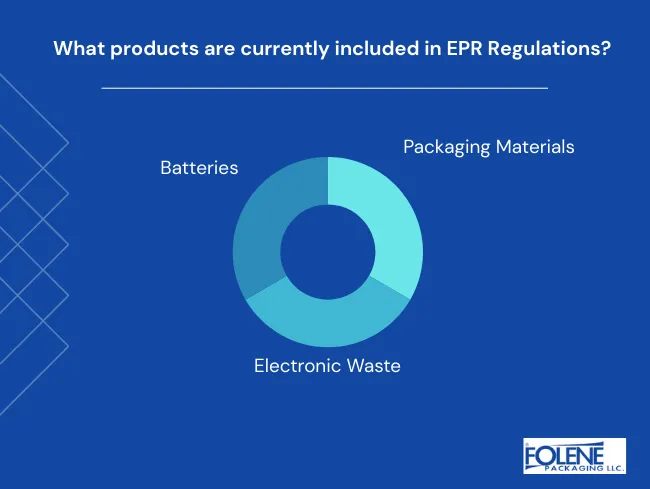
Types of Waste Included In Extended Producer Responsibility Laws
Under the EU directive, EPR is applied to:
All types of packaging materials
Electronic waste aka WEEE (Waste from Electrical & Electronic Equipment)
Batteries
Many other countries are widening the definition to include additional categories:
Textiles
Paint
Construction equipment and debris
Printing paper
Mercury-containing thermostats
Carpets
Mattresses
Hard-to-recycle or dispose of materials
Household hazardous waste
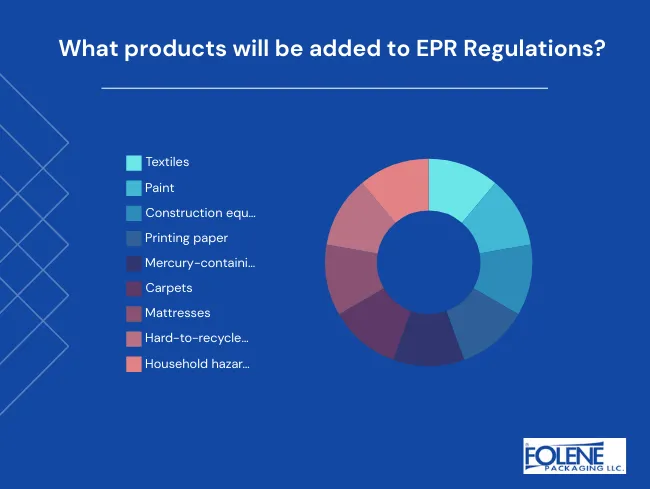
How Extended Producer Responsibility Laws Impact 6 Stakeholders
Since EPR legislation is still unfolding, it is hard to say how different stakeholders will be affected. Extended producer responsibility will mean different things to different people.
Post EPR, the waste management landscape could look like this:
1. EPR Meaning For Manufacturers
Manufacturers or distributors fund the take-back, sorting, and recycling of used materials.
2. EPR Meaning For Large End Users
Packaging producers finance packaging waste collecting, sorting, treating, and recycling.
3. EPR Meaning For Distributors
Distributors finance take-back, sorting, and recycling of packaging material.
4. EPR Meaning For Retailers
Retailers who sell under their own brand name or import items have the same rules as distributors.
5. EPR Meaning For Consumers
Consumers reduce their overall consumption so that there will be less production. This will ease the burden of municipal waste management. Every consumer will be encouraged to participate in a curbside and drop-off recycling program.
6. EPR Meaning For Communities
Local governments will have the funding to provide more and improved recycling locations, making recycling easier for consumers or other end users. They may be responsible for bringing the community on board and engaging the community members in extended producer responsibility programs.
Extended Producer Responsibility Policy in the U.S. – The Future
EPR laws are already in place in several states, and the trend is growing. So far, 10 states have introduced legislation on “EPR for packaging,” and five EPR bills have been passed in the U.S. In 2021, more than 30 “EPR for packaging” in the U.S. bills demanding extended producer responsibility were introduced at the state level. Maine, Oregon, and Colorado already passed rigid EPR laws.
California recently passed Senate Bill 54, which was signed into law on June 30, 2022. This bill introduced fees and regulations on single-use plastic packaging and single-use service ware manufacturers.
Two bills addressing extended producer responsibility at federal level would mean that U.S. producers must join a fee-based PRO in order to comply with reporting packaging data laws, in order to market their products in those states.
It is important for there to be increased awareness of EPR legislation development by following an official U.S. government blog where you can sign up to receive updates.
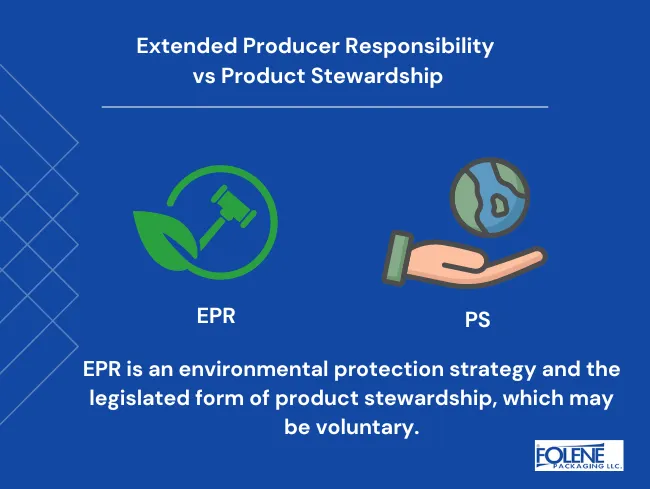
The Future Lies With Extended Producer Responsibility
Clearly, extended producer responsibility will affect all stakeholders. EPR planners say that in the long term, extended producer responsibility could lower the prices of items as remanufacturing reduces outlay expenses for producers. However, being ahead for producers initially might mean involving some professionals in targeted financial planning.
Folene Packaging’s range of plastic polyolefin shrink wraps includes fully recyclable uncrosslinked films and Ecolene®, the biodegradable shrink film. Extended producer responsibility and packaging programs are going to shape our lives, so let’s do our best to embrace it while using top-of-the-range shrink films.
Contact Folene Packaging for more information about successful packaging options that allow you to take on extended producer responsibility.
Extended Producer Responsibility FAQ
Is product stewardship the same thing as extended producer responsibility?
Product Stewardship (PS) and Extended Producer Responsibility (EPR) are often used interchangeably, but they are not exactly the same. EPR is an environmental protection strategy and the legislated form of product stewardship, which may be voluntary. EPR benefits: A product stewardship program and an extended producer responsibility system have the potential to bring greater customer satisfaction and customer loyalty by helping companies develop and market greener products; EPR, however, has powerful governmental backing.
